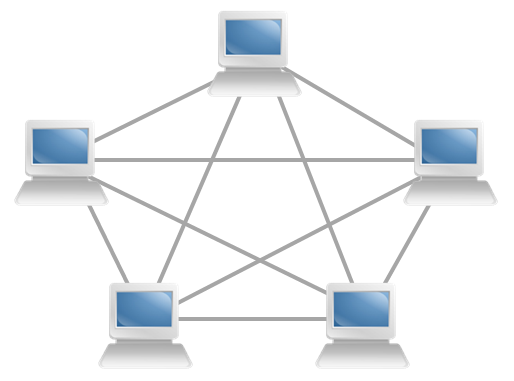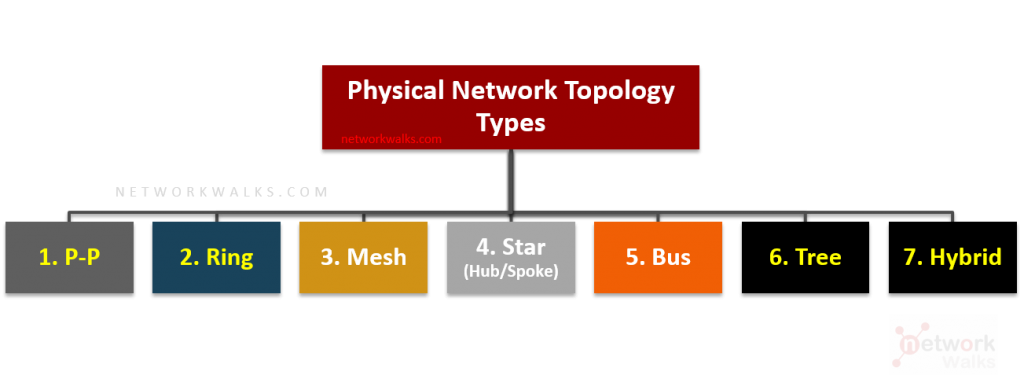 Network topology can be defined as the layout pattern and connectivity scheme between the devices in a network. It is simply the layout of network communication. There are two main types of Network topology, and they are Physical and Logical Network topology.
Network topology can be defined as the layout pattern and connectivity scheme between the devices in a network. It is simply the layout of network communication. There are two main types of Network topology, and they are Physical and Logical Network topology.
- Physical Network Topology: Physical topology is the actual connectivity or layout according to real cabling & connections
- Logical Network Topology: Logical topology is the virtual view of the network devices see
Physical Topology
Under the physical topology, there are about seven topologies:- Point-to-Point Network Topology
- Star Network Topology
- Ring Network Topology
- Mesh Network Topology
- Tree Network Topology
- Bus Network Topology
- Hybrid Network Topology
Point-to-point Topology
In this type of topology, there is no central device or node and devices are directly connected by cable 
Advantages of Point-to-Point Topology
Point-to-Point topology is more stable & fault-tolerant. It can be cable fault & device fault-tolerant.Disadvantage(s) of Point-to-Point Topology
It is most expensive as it requires more cabling & infrastructure.Star Topology
In this type of topology, devices or computers are connected to a central device such as a hub or switch 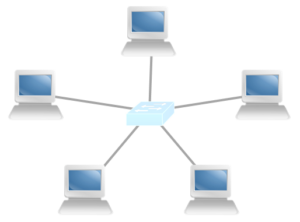
Advantages of Star Topology
Star topology is easier to manage. It is easier to locate node and cable problems. It’s also well-suited for expansion into high-speed networkingDisadvantages of Star Topology
There exists a single point of failure and it requires more network cableRing Network Topology
It is a type of network topology where computers are connected to form a ring and all data traffic flows in one direction 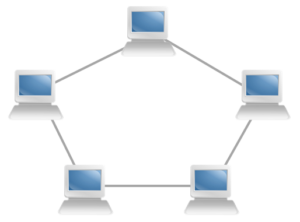
Advantages of Ring Network Topology
Ring network topology is more secure because if one link is broken in the Ring, data can travel from the side. Troubleshooting is easy and it is easy to install or implementDisadvantage(s) of Ring Network Topology
Scalability and expansion in the existing network is a bit difficult & requires more skillMesh Network Topology
In Mesh topology, every pair of nodes will have a dedicated line. If there is a device or node, every device will be connected with its other devices through a dedicated linkAdvantages of Mesh Network Topology
Mesh network topology is more stable & fault-tolerant. It is also cable fault & device fault-tolerantDisadvantage(s) of Mesh Network Topology
Mesh network topology is most expensive as it requires more cabling & infrastructureTree Network Topology
This type of topology possesses a root node where all other nodes are connected to it forming a hierarchy 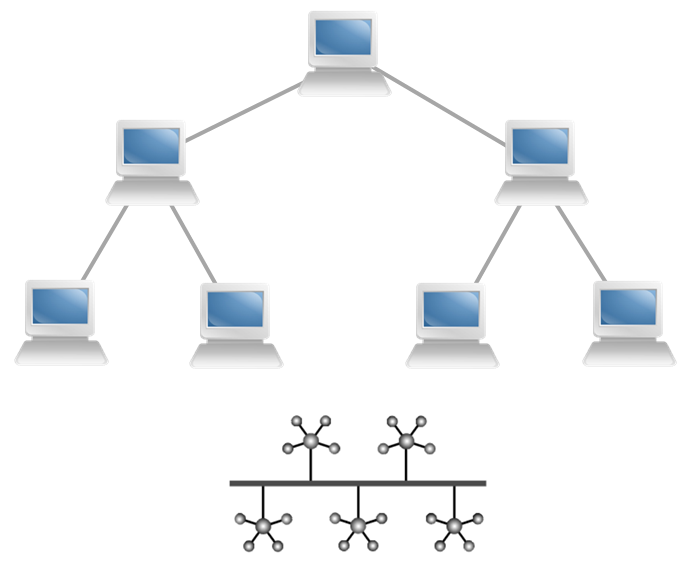
Advantages of Tree Network Topology
Tree network topology is a loop-free topology & is widely used in Layer2 Networks. It is an easy-to-scale network. We can simply continue to add devices on branches with no downtime requiredDisadvantage(s) of Tree Network Topology
There is a single point of failure if the backbone goes downBus Network Topology
In this type of topology, computers or devices are connected to a central wire 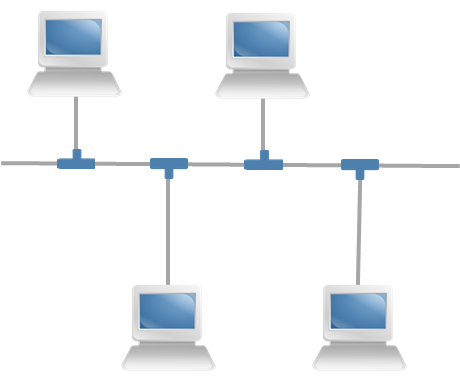
Advantages of Bus Network Topology
Bus network topology is cheap as it requires less cabling. It does not require any special equipment and It is less complexDisadvantages of Bus Network Topology
It is more prone to problems. When one cable goes down, then the whole network is disturbed. It is used for old 10base2 thin Ethernet connectors, cables/NICsHybrid Network Topology
This type of topology combines two or more topologies together 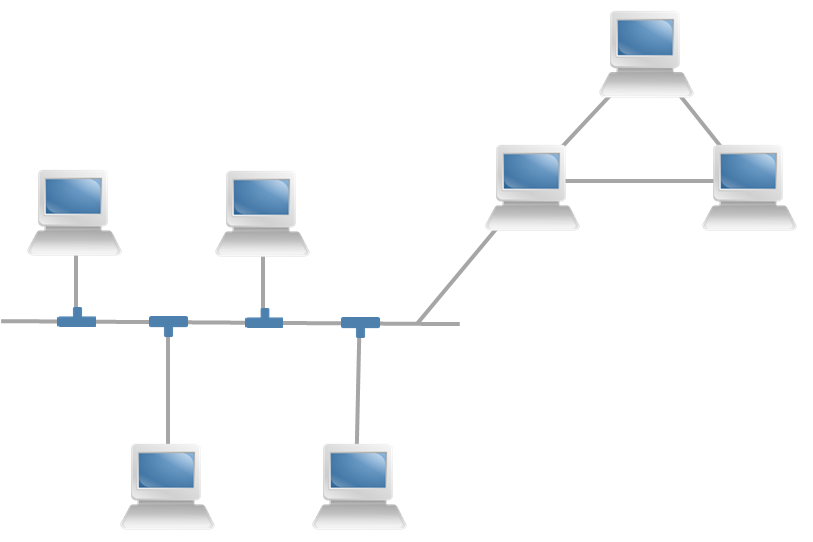
Advantage(s) of Hybrid Network Topology
We can achieve combined individual member topologies if designed properlyDisadvantage(s) of Hybrid Network Topology
It becomes complex if the network is not properly designedTypes of Network
There are many types of networks. Some of them are:- LAN (Local Area Network)
- WAN (Wide Area Network)
- MAN (Metropolitan Area Network)
- WLAN (Wireless Local Area Network)
- SAN (Storage Area Network)
SUMMARY
In Summary, Network Topology is simply the layout of how networks communicate with different devices. There are 2 main types of network topology, which are; Physical and logical network topology. Some of the common types of networks are; LAN, WAN, MAN, WLAN, SAN and etc.You might also be interested in our free Online Quizzes on all IT topics including Cisco CCNA, Cyber Security, Python Programming, Linux & Ethical Hacking:
Free Online Quizzes (Best for Cisco CCNA, Huawei HCNA, N+)
You can also view free study notes (Cheat sheets) for long term memory:
Networkwalks Summary Cheatsheets

